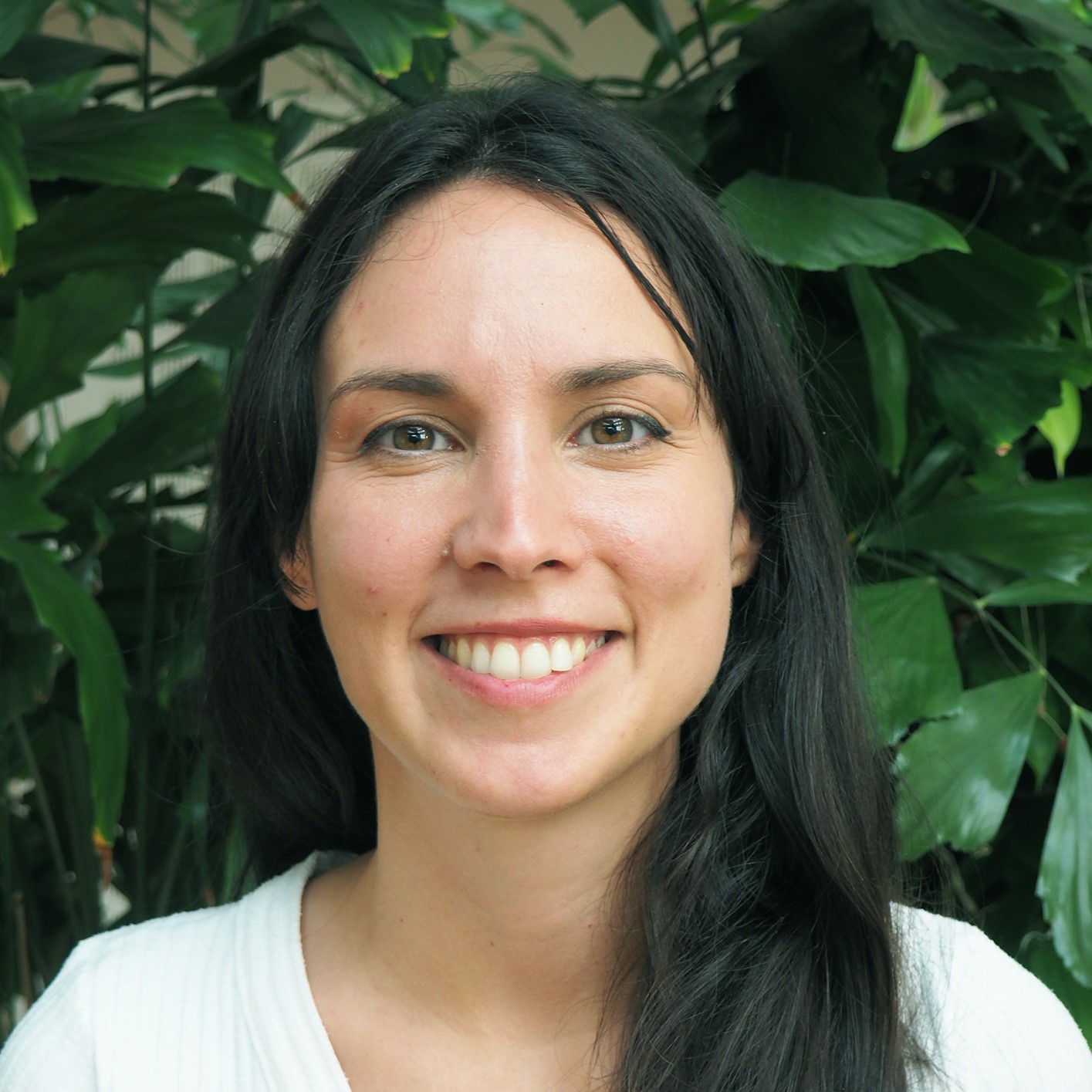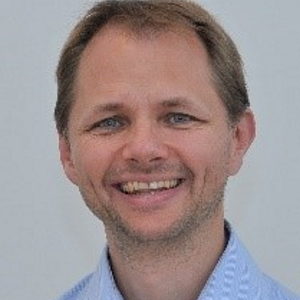This webinar presents the background of energy mapping and data collection needed, including:
- The role of energy mapping in district energy planning
- Characterization of main types of energy mappings in district energy development
- Key steps in the development of energy mapping across various levels of detail
- Best case practices, strengths and limitations
- Lessons learned & recommendations
Q&A Session
Q: “Regarding calculating the number of floors from building heights: Does modelling get better, when building types (e.g. residential buildings, commerce and industry) or the construction age classification are taken into account?”
A: “It would become better if these were known. However, it is not only a question of building types but also of the specific difference of cities. Just to highlight this let us look at the districts around Frankfurt and the city centre. In Frankfurt, there are these high-rise buildings in the city centre. In the district, they do not have that, even if we can find office buildings in both areas. Better data on the local level is therefore really needed to improve the modelling.”
Q: “What is the number of person hours and total cost to prepare a heat map for a typical European city, using your method?”
A: “If you are satisfied with the accuracy of the Hotmaps data, the costs are extremely low: 5 minutes. Then if in some areas, some part of your city you are not satisfied this can of course increase. Moreover, if you start thinking in more details about some strategy or policies, then it is higher effort. It depends so much on the level of accuracy/optimization/data availability/size of the area. If there is already a lot of data available, for example digital building surface models, usage of buildings, it gets easier. Therefore it is hard to give a specific answer to this question.”
Q: “Sorry, to clarify, what is your cost to prepare this?”
A: “This is something that needs to be discussed one-on-one as it depends on many factors, such as the size of the municipality. To give you an idea, when developing the Hotmaps tool it took several months for each of the pilot areas. Now that the tool is built and the main aspects of the methodology are established this can be reduced substantially.”
Q: “How can we get proper training for energy mapping and data collection, also how can we work together in Africa for projects?”
A: “The global District Energy in Cities Initiative is a great framework as there are great experts on board within the initiative, including Lukas Kranzl. They operate on a global scale; they have gathered know-how and lessons learned from different contexts including the African continent. E-training modules will soon be available on the website. They are mostly targeted to public authorities from a national to a local level. Other training will come soon with adapted content and information for more specific context.”
Lukas Kranzl is mostly an expert on Europe however; he is keen on exchanging experience with other climatic and cultural condition. There are also relevant webinars on his website.
Q: “Thank you for sharing the Hotmaps project. It is really interesting. As I can see, there are a lot of comparison and studies on heating side. How about the cooling or combined heating and cooling? Can they have similar accuracy for mapping by following the same steps?”
A: “Indeed, the Hotmaps project was focused a lot on heating but there were also some studies on cooling. A concept was developed on how this could also be applied to district cooling estimations. In principle, the same steps can be used. For example on Hotmaps you can find cooling density maps. The key challenge is that on the spatial level it is not known which part of this theoretical useful cooling energy demand is actually covered. We know that in central and northern Europe, more or less the whole heat demand is covered but cooling demand (or at least a large part of it) is usually not covered. That is a key source of uncertainty.”
Q: “Example Frankfurt: for the scenarios 2050, did you take climate change into account (less heating needs, increased cooling needs)?”
A: “Yes, climate change was considered, even if there is a lot of uncertainties. One standard reference scenario of climate change and the change of heating degree days was applied. In the specific case of Frankfurt, they did not consider cooling, but this could have been done.”
Q: “Which unit is NUTS 0, NUTS 3?”
A: “These are NUTS level. It represents how, at least in Europe, different geographical levels are classified. NUTS 0 is the national level. With NUTS 2, then NUTS 3, it breaks down into smaller regions or geographical units. This can (but not always) represent political areas and their boundaries.”
Q: “A pity that the Austrian presentation focuses on heat. I think that energy mapping for cooling has some different needs and criteria to be applied.”
A: “District heating has always been a cornerstone in many parts of Europe. Having a reliable energy map can play a vital role in the renovation, expansion or design of new systems. As for cooling maps, these are slowly becoming important due to rising temperatures and in the future, this might be a necessary part of energy planning process and might also be part of HotMaps project.”
Q: “If I understand you correctly, you do not suggest to implement energy maps on a continuous basis, with regular updates, but on an ad hoc basis, when there is a concrete need?”
A: “Both ways are possible but it is more cost-effective to update energy maps as regularly as needed”
Q: “If you could pick an indicator or data point that could be collected in a systematic manner globally to support energy mapping, which one would it be?”
A: “Different indicators would be interesting, some feasible, some not. The first one would be to know more about the installed heating system: this is not feasible for privacy reasons. A nice development would be to have more accurate data on the geometry, particularly on building height. This is quite concretely achievable. The last data that would help would be to know the consumption in a dynamic way. However, this is also difficult because of privacy issues.”
Q: “How can you assure that energy mapping is included in the planning processes of a city? Would you share some recommendation based on the experience?”
A: “We can notice that energy mapping becomes more and more common and is seen more and more as a requirement for proper energy planning. They are regions that now, in a mandatory way, ask their municipalities to do energy planning and energy mapping. Most of them have also developed a guideline on how to do it. It is up to the regions and national governments to support this process and make it mandatory. There is also more and more data, so the tendency is increasing as is it becoming more relevant and practical”
Q: “What is the minimum data that is required to conduct energy mapping?”
A: “Within Europe, the minimum effort is to use Hotmaps and use the heat density map available there. This is very low effort and this is the intention to provide a first default data set for municipalities, for public authorities who do not have better data available or the resources for better data.
But outside Europe, or if you want to go in more detail, what is essential to have is: some information on the billing stock (in form of shape files), information on the type of building, usage of building, vintage class of building, and as a calibration local energy balances.
Information on HVAC system as well are important. However, it is very hard to get and not so many public authorities have access to it.
All of this depends on if you want to do the mapping for useful energy demand of final energy demand.”
Share this
Sectors: Buildings, Cross cutting
Country / Region: Global
Tags: building types, cooling demand, data collection, decision making under uncertainty, district energy, District Energy in Cities Initiative, efficient construction of buildings, energy, heat demand, heating and cooling, international development, lessons learned, projects, rail transport, targetsKnowledge Object: eLearning
Content:



